Notice: Undefined variable: attachments in /home/xcn5cdqbku3v/public_html/wp-content/plugins/sociable/includes/sociable_output.php on line 139
Warning: preg_split(): Delimiter must not be alphanumeric or backslash in /home/xcn5cdqbku3v/public_html/wp-content/plugins/sociable/includes/sociable_output.php on line 354
Warning: count(): Parameter must be an array or an object that implements Countable in /home/xcn5cdqbku3v/public_html/wp-content/plugins/sociable/includes/sociable_output.php on line 354
Warning: preg_split(): Delimiter must not be alphanumeric or backslash in /home/xcn5cdqbku3v/public_html/wp-content/plugins/sociable/includes/sociable_output.php on line 354
Warning: count(): Parameter must be an array or an object that implements Countable in /home/xcn5cdqbku3v/public_html/wp-content/plugins/sociable/includes/sociable_output.php on line 354
Warning: preg_split(): Delimiter must not be alphanumeric or backslash in /home/xcn5cdqbku3v/public_html/wp-content/plugins/sociable/includes/sociable_output.php on line 354
Warning: count(): Parameter must be an array or an object that implements Countable in /home/xcn5cdqbku3v/public_html/wp-content/plugins/sociable/includes/sociable_output.php on line 354
Warning: preg_split(): Delimiter must not be alphanumeric or backslash in /home/xcn5cdqbku3v/public_html/wp-content/plugins/sociable/includes/sociable_output.php on line 354
Warning: count(): Parameter must be an array or an object that implements Countable in /home/xcn5cdqbku3v/public_html/wp-content/plugins/sociable/includes/sociable_output.php on line 354
Warning: preg_split(): Delimiter must not be alphanumeric or backslash in /home/xcn5cdqbku3v/public_html/wp-content/plugins/sociable/includes/sociable_output.php on line 354
Warning: count(): Parameter must be an array or an object that implements Countable in /home/xcn5cdqbku3v/public_html/wp-content/plugins/sociable/includes/sociable_output.php on line 354
Warning: preg_split(): Delimiter must not be alphanumeric or backslash in /home/xcn5cdqbku3v/public_html/wp-content/plugins/sociable/includes/sociable_output.php on line 354
Warning: count(): Parameter must be an array or an object that implements Countable in /home/xcn5cdqbku3v/public_html/wp-content/plugins/sociable/includes/sociable_output.php on line 354
Warning: preg_split(): Delimiter must not be alphanumeric or backslash in /home/xcn5cdqbku3v/public_html/wp-content/plugins/sociable/includes/sociable_output.php on line 354
Warning: count(): Parameter must be an array or an object that implements Countable in /home/xcn5cdqbku3v/public_html/wp-content/plugins/sociable/includes/sociable_output.php on line 354
The Trail: It is dusty; it is wet. It climbs; it falls; it is beautiful and terrible. But always it skirts the coast of adventure. Always it goes on, and always it calls to those who follow it. Tiny path that it is, worn by the feet of earth’s wanderers, it is the thread which has knit together the solid places of the earth. The path of feet in the wilderness is the onward march of life itself, Mary Roberts Rinehart.
As I started researching Hiking Washington’s History, I visualized historic trails through the mountains, along the rivers, and even through the dry Grand Coulee. I saw men on these trails.
In 1889 The Seattle Press called for “men of vim and vigor” to explore the unknown interior of the Olympic Mountains and report back to the newspaper. Records of the Hudson’s Bay Company, the Northern Pacific and the Great Northern railways, the mining companies at Monte Cristo were all written by men and reported men’s doings—if you discount the occasional cost items for a laundress.
When the first edition was published, I was seated at an authors’ table at a conference next to Karen Blair, history professor at Central Washington University, who asked me, “Are there any women in your book?”
My short, embarrassed answer: “Not many.”
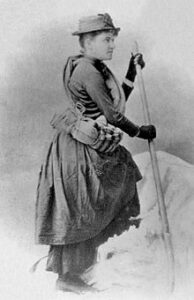
A postcard image of Fay Fuller–the first woman to climb Mt. Rainier—sat on my desk the whole time I was writing the book, but I didn’t follow her to the summit or write about her climb. I wrote instead about Forest Service ranger Hal Sylvester who named lakes in the Wenatchee-Snoqualmie National Forest for women—wives, sisters, sweethearts.
I had fallen into the heroic nature-heroic men approach identified by Carlos Schwantes in his preface to the first edition of The Pacific Northwest, used as a textbook in college classes throughout the state. The theme of this approach is that “because nature assumed heroic proportions in the far Northwest, heroic men were needed to tame or subdue it.” That tradition elevates the stories of men who “conquered” the wilderness and left their names on the trails in Hiking Washington’s History: Stevens Pass for engineer John F. Stevens, Ebey’s Landing for pioneer Isaac Ebey, O’Neil Pass for Lt. P. O’Neill of the U.S. Army, Chief Joseph’s Summer Trail for the leader of the Nez Perce, the Mullan Road for army engineer John Mullan.
For the second edition I determined to include more women. I found Mary Roberts Rinehart. Rinehart was an adventure tourist, not a trail builder; she merely left a compelling story of a woman’s trip through a little known mountain pass in the Pacific Northwest.
Today Cascade Pass is an iconic hike in Washington, a day hike that reaches spectacular views of towering mountain peaks in the North Cascades. The more adventurous can backpack all the way through to Stehekin at the head of Lake Chelan. The hike just to the pass and back is doable for the average hiker—not quite four miles up, 33 switchbacks, 1800 feet of elevation gain on a well-maintained, easy to follow trail. 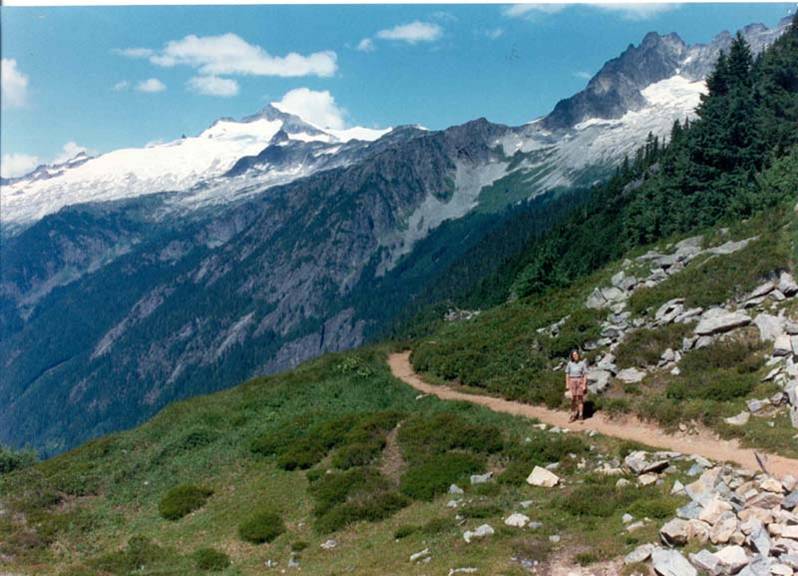
It was not so easy in early September, 1916when Cosmopolitan commissioned Rinehart to undertake and write about what she called “the first trip ever made on horseback over Cascade Pass.” The Great Northern Railway underwrote the expedition as part of its “See America First” campaign, hoping it would attract tourists to the Pacific Northwest.
Mary Roberts Rinehart was a nationally famous writer, whose mysteries eventually earned her the title “the American Agatha Christie.” She wasn’t a trail-blazer in the traditional Northwest sense of the word. She was following an ancient “way through.” Native Americans had crossed Cascade Pass to reach “the Great Salt Lake” (the Pacific Ocean). Native women had been trekking with their families into the mountains every summer for centuries, to gather berries, trade, and socialize.
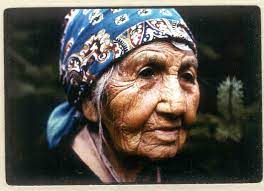
It seemed to Rinehart that no one had been there before her expedition of 16 people, including her husband, three sons, cooks, guides, a timber cruiser, a photographer, packer, and 32 horses. The packhorses carried the cook’s sheet-iron stove; besides flapjacks, he served fresh grapefruit for breakfast each morning. Despite this support and Rinehart’s adventurous spirit, the trip was daunting.
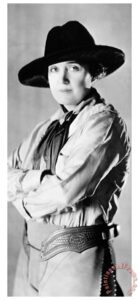
[N]ever had I dreamed of such a country; it was beautiful, but rugged and wild beyond belief. There were abysses appalling to the mind, vast glaciers, towering peaks.
Camped below Cascade Pass, they found it was closed with ice and snow. But the horses were short of food, and they could not face going back the way they had come. It was strange to go through that green wonderland and find not a leaf the horses could eat, Rinehart wrote. It was all moss, ferns, and evergreens.
So on they went. Crossing the pass mean climbing to a lake up “a tortuous cliff,” then scaling another 800 feet of mountain wall, without a visible trail.
For the climb up that cliff the next day I have no words, and how they got down from the wall on the other side, I do not remember.
My four trips to or across Cascade Pass have not been fraught with the same challenges Rinehart faced if you discount drizzle and fog twice shutting out the glorious views on top, in August. The contemporary logistical challenge of backpacking is not finding food and water for horses but securing camping permits for the very popular trail. Freeze-dried food can’t compete with a cook, fresh grapefruit, and someone else to set up the tents. Yet adventure and beauty still draw men and women alike, some no doubt lured by Rinehart’s vivid prose. 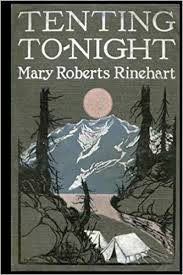
Read more about Rinehart’s trip in my article in Columbia, the magazine of Northwest History, Summer 2021. If you want to hear more from Rinehart herself, read Tenting To-Night, a book based on her travels in the Pacific Northwest. It is available in print or online at gutenberg.org or Google books.



